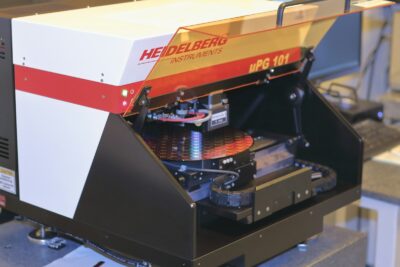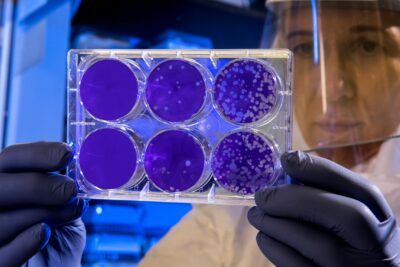Driving Efficiency: Nanotechnology in Catalytic Converters
Introduction to Nanotechnology and Catalytic Converters
Nanotechnology has emerged as a powerful tool for advancing various industries, and its impact on catalytic converters is particularly notable. Catalytic converters play a crucial role in reducing harmful emissions from vehicles, contributing to environmental sustainability and regulatory compliance. With the integration of nanomaterials and nanoscale engineering, catalytic converters can achieve higher levels of efficiency and effectiveness in pollutant conversion. This article explores the transformative potential of nanotechnology in optimizing catalytic converter performance and its implications for the automotive industry and beyond.
Nanotechnology offers unique capabilities for enhancing the catalytic conversion process within automotive exhaust systems. By leveraging nanoscale catalysts and substrates, engineers can significantly increase the surface area available for chemical reactions, thereby improving the efficiency of pollutant removal. Additionally, nanomaterials such as nanoparticles and nanofibers exhibit enhanced catalytic activity and stability, enabling catalytic converters to operate more effectively over extended periods. These advancements are particularly relevant in regions like Saudi Arabia and the UAE, where air quality and environmental concerns drive the demand for cleaner transportation technologies.
The Benefits of Nanotechnology in Catalytic Converter Efficiency
The adoption of nanotechnology in catalytic converters offers several key benefits that contribute to their overall efficiency and performance. One significant advantage is the ability to optimize catalyst dispersion and utilization, leading to higher conversion rates of harmful pollutants such as nitrogen oxides (NOx), carbon monoxide (CO), and hydrocarbons (HC). Nanomaterial-based catalysts also exhibit improved thermal stability and resistance to poisoning by contaminants, ensuring consistent and reliable operation under varying operating conditions.
Furthermore, nanotechnology enables the design of catalytic converter systems with reduced size and weight, contributing to vehicle lightweighting efforts and fuel efficiency improvements. With smaller and more efficient catalytic converters, automakers can achieve emissions compliance without sacrificing vehicle performance or design aesthetics. This trend aligns with the growing demand for sustainable mobility solutions and eco-friendly transportation options in urban centers like Riyadh and Dubai, where congestion and pollution are pressing concerns.
Challenges and Future Outlook
Despite the promising advancements enabled by nanotechnology in catalytic converters, several challenges remain to be addressed to realize its full potential. One such challenge is the scalability of nanomaterial synthesis and manufacturing processes for mass production. Researchers and industry stakeholders need to develop cost-effective and scalable methods for producing nanostructured catalysts and substrates to meet the demands of the automotive market.
Looking ahead, the future of nanotechnology in catalytic converters is filled with opportunities for innovation and collaboration. By leveraging advancements in materials science, computational modeling, and manufacturing technologies, researchers can overcome existing limitations and unlock new possibilities for emissions control and air quality management. In the context of leadership and management skills, fostering interdisciplinary collaboration and knowledge exchange is essential for driving progress in this critical area of automotive technology.
Conclusion: Advancing Automotive Sustainability with Nanotechnology
In conclusion, nanotechnology holds tremendous promise for improving the efficiency and effectiveness of catalytic converters in mitigating vehicle emissions. Through the use of nanomaterials and nanoscale engineering techniques, catalytic converter systems can achieve higher levels of pollutant conversion while minimizing environmental impact and optimizing vehicle performance. As the automotive industry continues to evolve towards a more sustainable future, the integration of nanotechnology into catalytic converter design and manufacturing processes will play a pivotal role in driving progress and shaping the mobility landscape of tomorrow.
—
#nanotechnology #catalyticconverters #efficiencyimprovement #automotiveindustry #environmentalimpact #innovation #SaudiArabia #UAE #Riyadh #Dubai #technology























